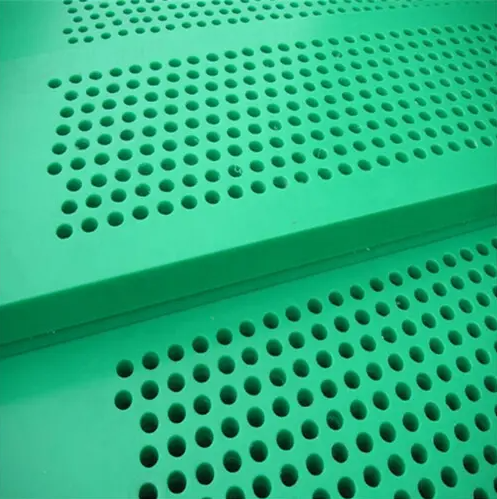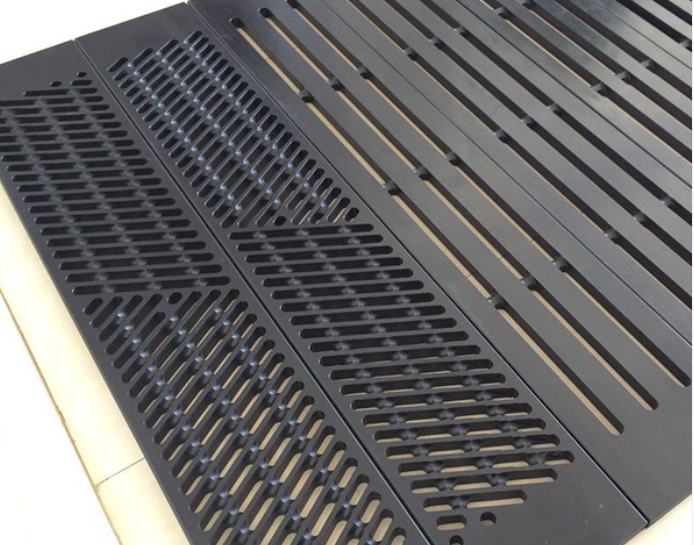HDPE (high-density polyethylene) and UHMWPE (ultra-high-molecular-weight polyethylene) are two types of polyethylene, a thermoplastic polymer that is widely used in many industrial and consumer applications. Both materials have their own unique properties and advantages, but they also have some drawbacks that should be considered when choosing between them.
Pros of HDPE:
- High strength-to-density ratio: HDPE is a strong and durable material that is lightweight and easy to handle. This makes it ideal for a wide range of applications such as pipes, tanks, and containers.
- Chemical resistance: HDPE is resistant to many chemicals and is not affected by most acids and bases. This makes it ideal for use in chemical processing and storage applications.
- Low cost: HDPE is relatively inexpensive compared to other plastics, making it a cost-effective choice for many applications.
Cons of HDPE:
- Low temperature resistance: HDPE becomes brittle at low temperatures and can crack or break if exposed to freezing temperatures for an extended period. This makes it less suitable for use in cold environments.
- Limited UV resistance: Natural HDPE (no additives) can be damaged by prolonged exposure to UV radiation, making it less suitable for outdoor applications where it will be exposed to direct sunlight.
Pros of UHMWPE:
- Extremely high strength: UHMWPE is one of the strongest and toughest plastics available, making it ideal for use in high-impact and high-wear applications.
- Low friction: UHMWPE has a very low coefficient of friction, making it ideal for use in bearings, gears, and other mechanical components that need to move smoothly and easily.
- Excellent chemical resistance: UHMWPE is highly resistant to most chemicals, including acids and bases, making it ideal for use in harsh chemical environments.
Cons of UHMWPE:
- High cost: UHMWPE is more expensive than HDPE, making it a less cost-effective choice for some applications.
- Limited temperature resistance: UHMWPE can become brittle at low temperatures and can lose some of its impact resistance at high temperatures, making it less suitable for use in extreme temperature environments.
In conclusion, HDPE and UHMWPE are both excellent materials with unique properties and advantages, but each has its own specific set of drawbacks. The choice between them will depend on the specific requirements of the application and the trade-offs between cost, strength, chemical resistance and temperature resistance.


